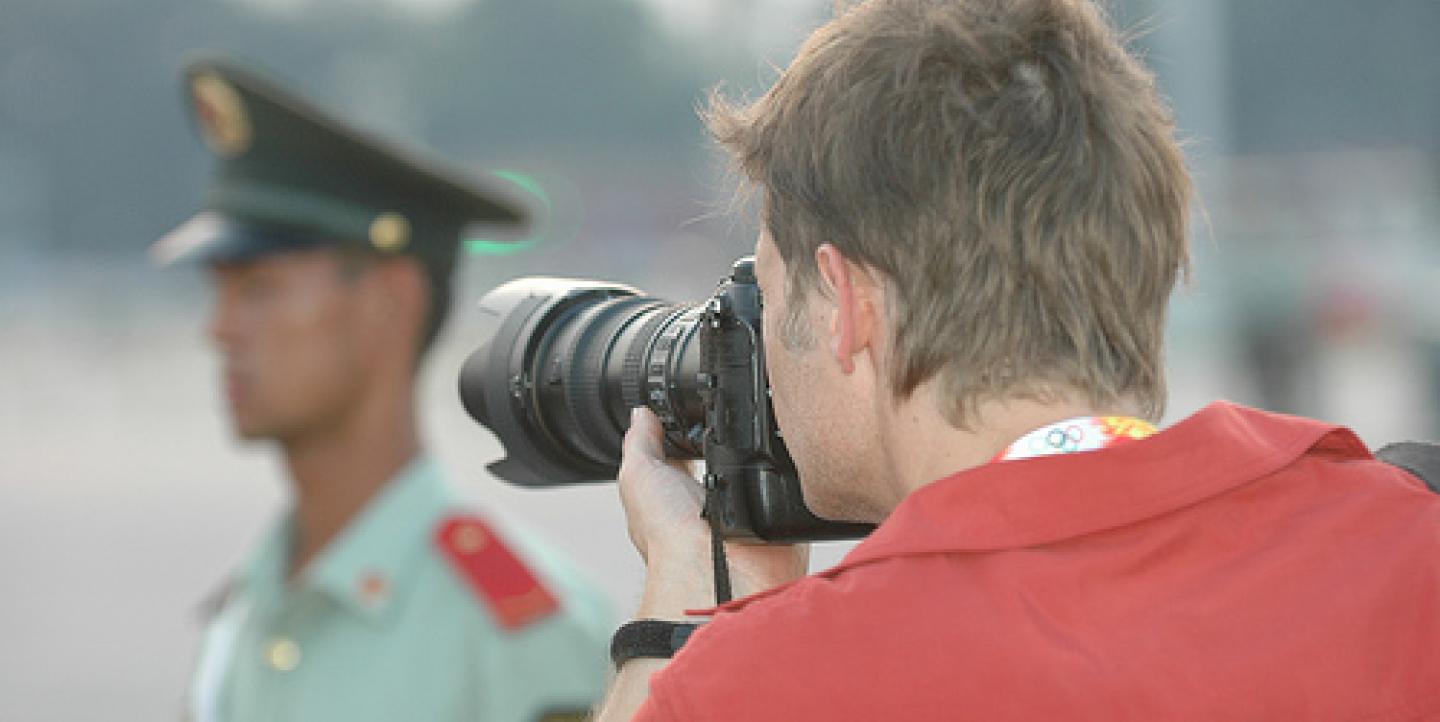With more media outlets depending on user-generated content, freelancers, and stock services for their photography needs, the traditional role of photojournalists as full-time staffers has been going through a radical change.
A few months ago, a newspaper group in the UK announced that they won’t use full-time photographers anymore. Meanwhile, in the United States, The Orlando Sentinel recently announced they were eliminating traditional photo jobs, and last year, the Chicago Sun-Times axed its photography department, including Pulitzer Prize-winner John White, but then hired four staffers back after pressure.
“The downturn in the media, especially the print media, has resulted in the loss of thousands of [photographer] jobs. I know many former newspaper photographers who have made the transition to freelancing by shooting weddings, commercial jobs and even assignments for media organizations,” Frank Folwell a Washington, DC-based photojournalist and former USA Today photo editor, told IJNet.
According to the American Society of News Editors (ASNE), photographers, along with other visual journalists were hit hardest by the media jobs cuts. Photographers, artists and videographers have been eliminated by (43 percent), in 2012, according to ASNE’s annual census. With shrinking newsrooms and budget cuts, will citizen journalists and freelancers replace the axed photojournalists?
Citizen journalists can only “fill a small void,” Folwell believes.
“Yes, some of their pictures have some value, but the vast majority are worthless to a news operation,” Folwell said. “Page through Instagram and YouTube. See anything you would want to use in your publication?” he asked.
For photojournalists who want to continue serious reporting, “the potential for visual storytelling online is unlimited,” Folwell said.
And on social platforms, photography is exploding. Users upload about 300 million images to Facebook every day, and a total of 16 billion images have already been shared on Instagram, according to data provided by Getty Images.
But while many photographers promote their work via social media and on websites, that doesn’t necessarily pay the bills.
Folwell believes serious photojournalism will continue to play an important role in the media landscape, but there may be fewer people doing it.
Aidan Sullivan, Vice President, Photo Assignments at Getty images agreed, saying that as photography becomes ever more popular with the public, professional photojournalists will be regarded as an “elite” group.
Still, Sullivan is optimistic about that the publishers will continue to need professional photojournalists.
“Repetitive stock imagery just can’t cover all the bases,” he told IJNet.
“Photographers will manifest themselves across more dynamic platforms that will reach wider audience than traditional media.”
Natasha Tynes is a bilingual digital journalist based in Washington, D.C. and the founder of Tynes Media Group. You can read her thoughts on journalism, digital media and the Middle East on her website, follow her on Twitter or email her at ntynes (at) gmail.com.
Image CC-licensed on Flickr via !/_PeacePlusOne.


